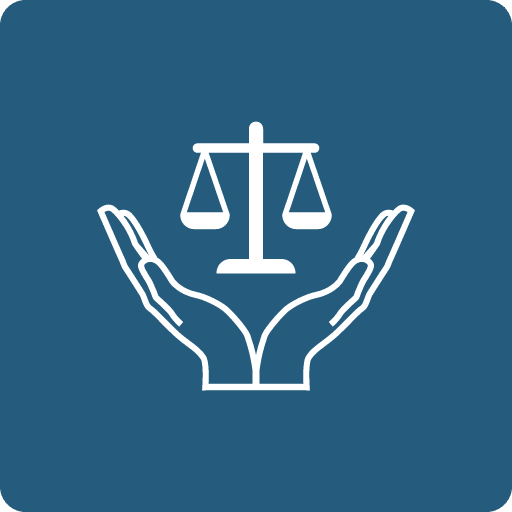Introduction

Andrea Piacquadio
https://www.pexels.com/fr-fr/photo/relation-fenetre-cloture-heureux-3865557/
|
This module is intrinsically linked to the other modules in this neighbourhood section. Indeed, it is through the mapping of local supports/services or by raising awareness among neighbours that your network will emerge or develop. Building a strong network is as important for you as it is for the beneficiaries. Identification and mobilisation of local resources (persons, material…) will make you save time and will optimize human resources. In some cases, a disabled person or you can feel distraught by getting troubles to face an issue. Through a strong networking, both of you will find solutions around you, in the neighbourhood. But not only! You will also identify available resources and then ensure that beneficiaries of the inclusive housing project enjoy them. The development of different support activities, some collaboration between available neighbours and beneficiaries or the use of local material, spaces will make the housing project more inclusive in its neighbourhood. |
Task

RF._.studio
https://www.pexels.com/fr-fr/photo/les-femmes-a-la-reunion-3810793/
As a caregiver, family member or community volunteer, your main task is to develop a support network in the neighbourhood of the inclusive housing project.
You should firstly identify what support opportunities exist in your neighbourhood. At the end of this first step, you will be able to dress a first inventory of the resources available.
Secondly, you will organize (planning and implementation) of the activities that you have noticed. Don’t’ forget to make it clearly understandable for every person involved (network member, community member, disabled persons…).
Process
As explained above, you can help yourself and base the first step of this process on other modules of the neighbourhood section (e.g. mapping of local supports and services, raising awareness amongst neighbours).
The aim of this first step is to identify the local resources available and classify them:
- Human resources: neighbour, family member, teacher, volunteer…
- Services resources: sport clubs, local organization, volunteering…
- Material resources: transport facilities, sportive equipment for disabled persons
In accordance with the wishes of the beneficiary/ies, you will dress (either a group or an individual) list of local resources. At this point, you have identified both the needs and the support opportunities that the disabled persons have.
If you are introvert and face troubles with building community, you can find “an introvert's guide to networking” in the video.
Afterwards, you will make sure that the local network is functional and dynamic. Depending on the needs of the beneficiaries and the availabilities of the network actors, you will plan activities (for a week or two by example).
Don’t forget to communicate properly these information to the people involved and always keep in mind that after a certain time of implementation, you will have to evaluate the activity (organizing an event for debriefing for example).
A situation that might help you: a neighbour said to you during the raising awareness tour that he/she goes every Thursday to the bakery (which is far from the inclusive housing project). The beneficiaries X and Y are both in a wheelchair and ask for help to buy their bread. Make you sure that a good connection between both of them happen.
Conclusion
|
A dialogue between an inclusive housing project and its neighbourhood needs to be initiated and developed to be efficient. But it is not all. We saw in this module that in order to create a local dynamic and build a support network, identification of both beneficiaries needs and local opportunities are essential. It allows the organization and the implementation of local support activities. |
Evaluation
- This will help participants to highlight the importance of local integration in an inclusive housing project.
- This will help participants to build network in an inclusive community.
- Participant will learn how to understand the local culture and local dynamic and will understand the positive impact of local integration on disabled people.
- Participant will learn how to identify and organize local activities depending on disabled people’s needs.
- Participant will acquire skills of promotion of local activities, implementing local dynamic and promote equal access to local facilities.
- Participant will acquire skills in needs and opportunities identification, activities’ planning and implementation and evaluation.
- Participant will be able to reflect on respect of diversity, awareness of neighbourhood about inclusive housing and networking.
- Participant will be able to create links amongst a mixed public, between neighbours, family member, social worker and disabled people beneficiaries.












